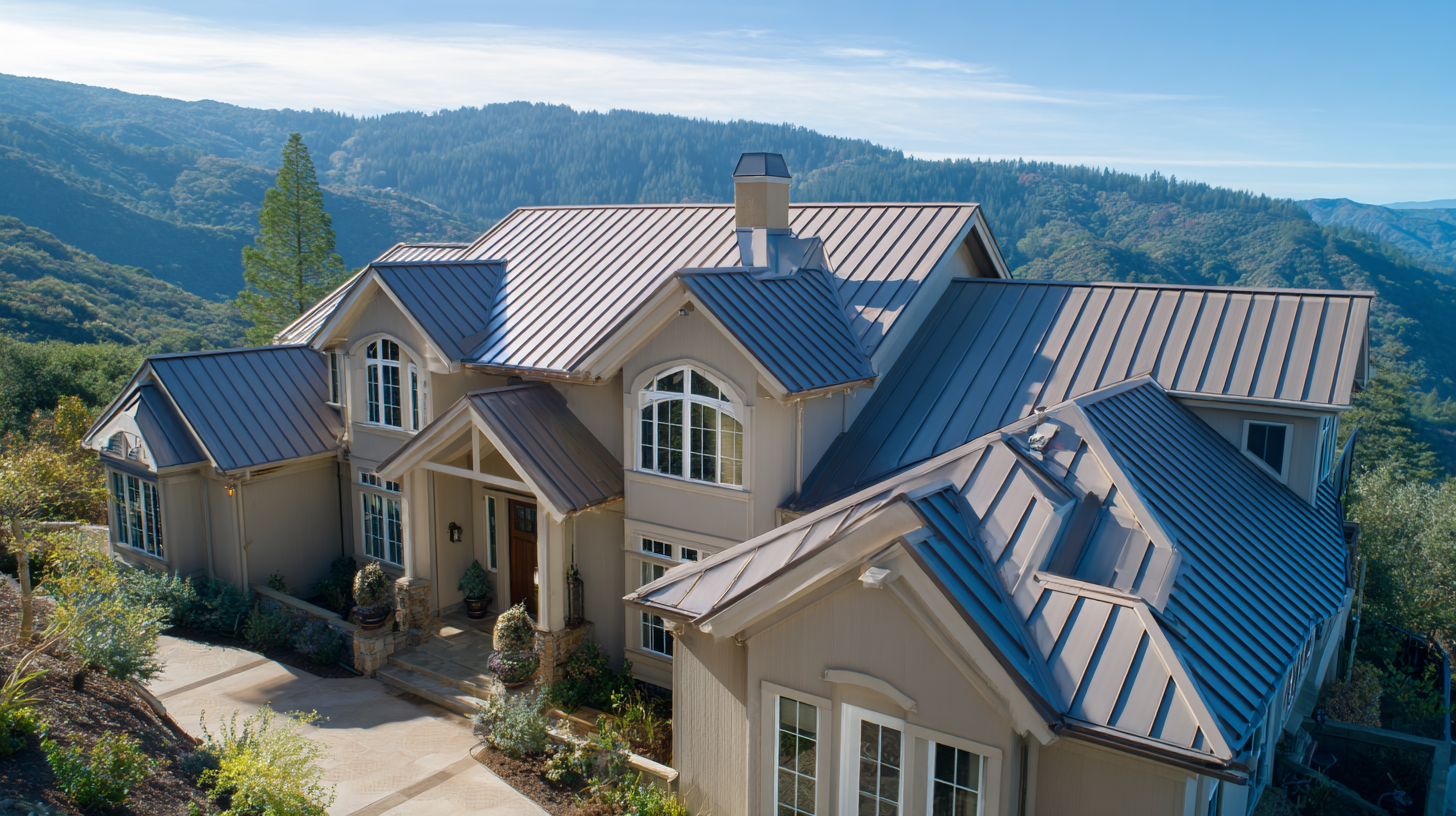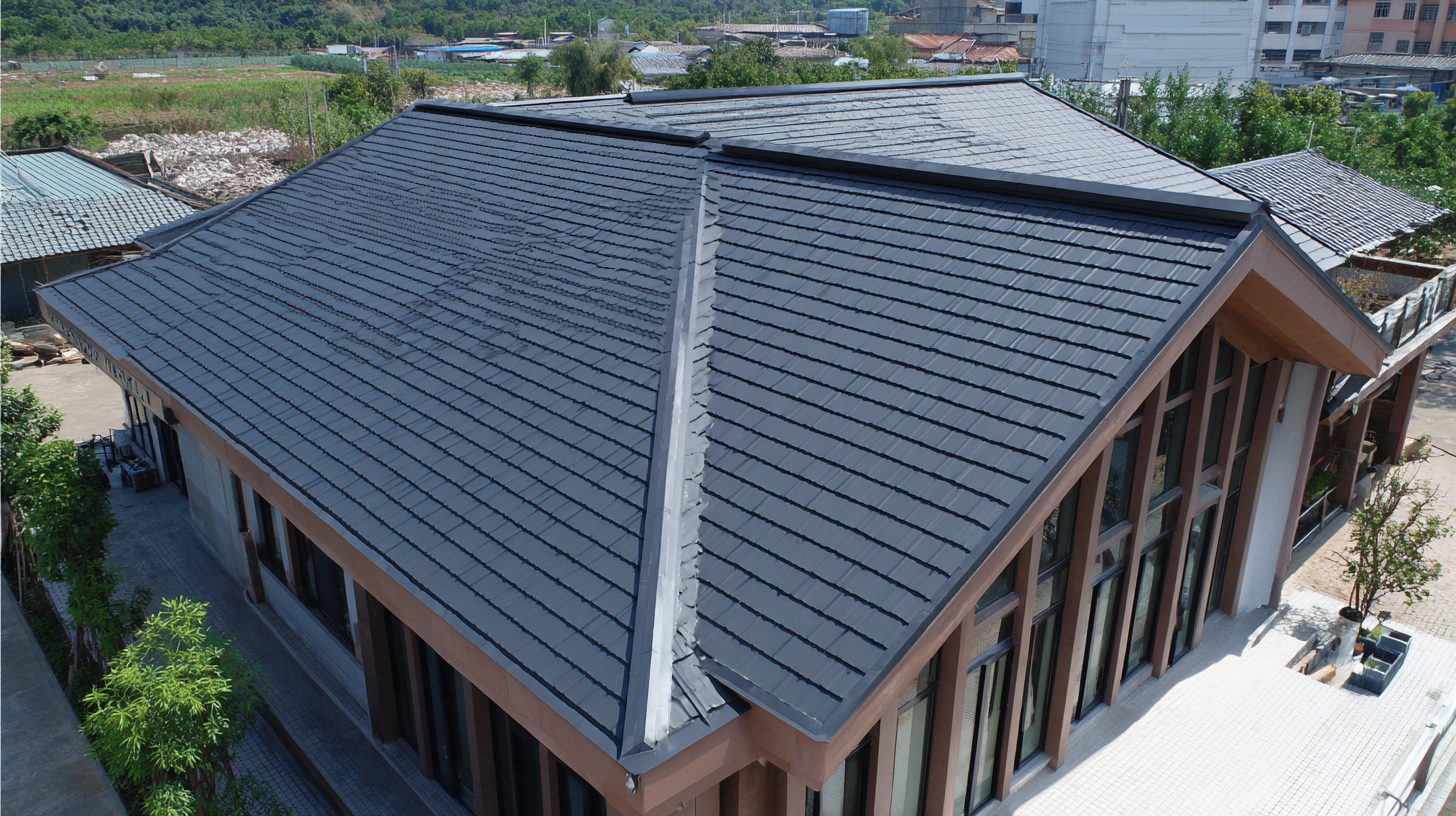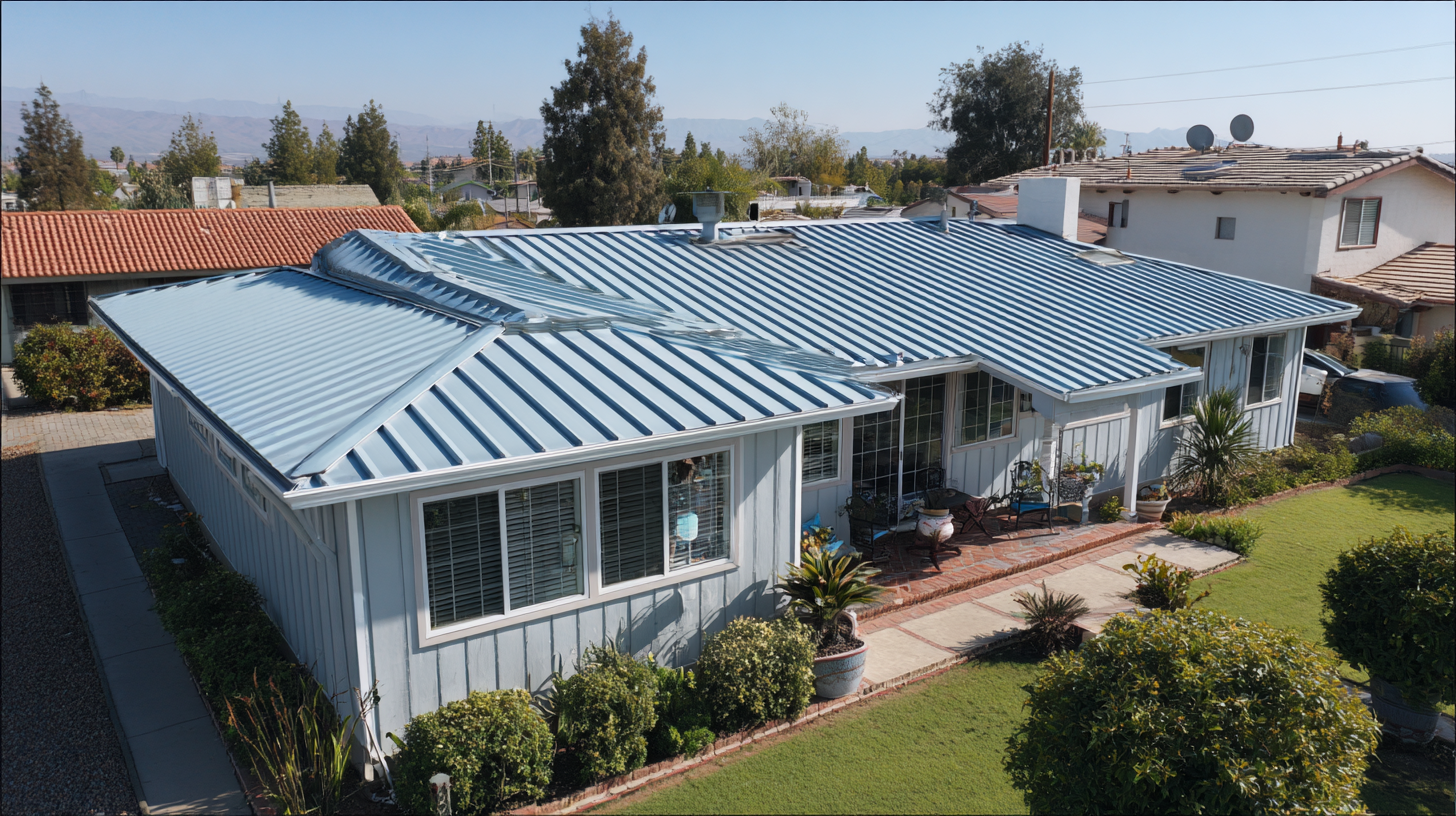In recent years, the construction and architectural industries have witnessed a significant shift towards innovative materials that not only enhance aesthetic appeal but also provide superior durability and performance. Among these materials, "Coated Metal Roof" systems have emerged as a game-changer, particularly those produced in China, which have set new benchmarks for quality and innovation. As global demand for sustainable and resilient building solutions continues to rise, China's coated metal roofs stand out due to their advanced manufacturing techniques and rigorous quality standards.

This blog aims to explore how these roofs are elevating global standards, examining various examples that highlight their effectiveness in diverse climates and applications. From enhanced corrosion resistance to cutting-edge designs, the impact of China's best-coated metal roofs is reshaping perceptions and expectations in the roofing industry, showcasing a commitment to excellence that benefits both consumers and the environment.
The rise of best coated metal roofs from China has significantly impacted global construction standards, setting new benchmarks for quality and innovation. According to a report by Grand View Research, the global metal roofing market is expected to reach $16.2 billion by 2027, with a compound annual growth rate (CAGR) of 6.4%. This growth is propelled by the increasing adoption of coated metal roofs, which are renowned for their durability, energy efficiency, and aesthetic appeal.
Chinese manufacturers are at the forefront of this revolution, incorporating advanced coating technologies that enhance resistance to corrosion and UV rays. For instance, the use of Polyvinylidene Fluoride (PVDF) coatings has become a game-changer, offering superior longevity and color retention. A study by MarketsandMarkets indicates that coated metal roofs can reduce energy costs by up to 40% due to their reflective properties, which is a crucial consideration in sustainable construction practices. As construction projects worldwide seek to meet higher environmental standards, the influence of these innovative products cannot be overstated.
This chart illustrates the rise in the adoption of coated metal roofs globally, highlighting their influence on construction standards and innovation over recent years. The data reflects the percentage increase of coated metal roofs usage in various regions from 2018 to 2023.
The evolution of coated metal roofs from China showcases a remarkable blend of quality and innovation tailored to meet global demands. Key technical specifications, such as durability, corrosion resistance, and thermal efficiency, distinguish top products in this competitive market. For instance, advanced coatings designed with zinc-aluminum alloys not only extend the lifespan of metal roofs but also enhance their aesthetic appeal, providing an array of color and texture options.

Moreover, cutting-edge manufacturing technologies ensure that these roofs can withstand extreme weather conditions while maintaining their structural integrity. Features like energy-efficient reflective coatings help to reduce heat absorption, making buildings more energy-efficient. As global standards rise, the commitment to integrating sustainability into the production process becomes increasingly paramount, propelling Chinese coated metal roofs to the forefront of the industry. The innovative approaches taken by manufacturers position them as leaders in quality, setting new benchmarks for roofing solutions worldwide.
Chinese coated metal roofs are making significant strides in the construction industry, driven by innovative features that not only enhance functionality but also elevate global standards. One of the key advancements is the incorporation of advanced coating technologies that provide superior durability and weather resistance. These innovations ensure that roofs maintain their aesthetic appeal and structural integrity over time, even in harsh environmental conditions. This long-lasting quality reduces the frequency of repairs and replacements, offering a sustainable solution for builders and homeowners alike.

Another noteworthy feature is the utilization of eco-friendly materials and coatings that align with increasing global environmental standards. Manufacturers are now prioritizing sustainable production processes, leading to roofs that are not only high in performance but also low in environmental impact. Moreover, the integration of smart technologies into coated metal roofs has started to gain traction. Features like solar reflectivity and energy-efficiency coatings help in reducing energy consumption, making them an attractive option for energy-conscious consumers. These innovative elements contribute significantly to the success and global competitiveness of Chinese coated metal roofs, setting a new benchmark in the industry.
The coated metal roofing industry has seen significant advancements in quality metrics, particularly with the emergence of China's "Best Coated Metal Roofs." A comparative analysis reveals that these roofs often exceed international standards, boasting durability, corrosion resistance, and energy efficiency. According to a recent report by the Metal Roofing Alliance, high-quality coated metal roofs can reduce energy costs by up to 30% compared to traditional roofing materials, making them a sustainable choice for consumers.
When evaluating quality metrics across leading coated metal roof brands, it’s crucial to consider factors such as coating longevity, warranty terms, and performance in extreme weather conditions. The American Institute of Steel Construction notes that roofs with advanced coatings can last upwards of 50 years, significantly outpacing competitors. To make informed decisions, homeowners should prioritize brands that utilize high-performance coatings like Kynar 500, which provide superior UV protection and fade resistance.
Tips for selecting the right coated metal roof include verifying certifications, requesting detailed product specifications, and reviewing customer feedback. Additionally, consider the local climate and specific needs for energy efficiency gains. Investing time in understanding these metrics can lead to significant long-term benefits, both in terms of cost savings and property value enhancement.
In the realm of coated metal roofing, sustainability and efficiency have emerged as pivotal themes driving innovation and growth. As global awareness of environmental issues increases, manufacturers are investing in eco-friendly materials and production methods. Chinese companies leading the charge are developing coatings that not only enhance the longevity of roofs but also minimize environmental impact. These advancements are not just about meeting high-quality standards; they involve rethinking the entire lifecycle of roofing materials, from production to disposal.
Moreover, efficiency in coated metal roofing goes beyond just the materials used. Innovative designs are being created to improve energy efficiency, reducing heating and cooling costs for buildings. Reflective coatings, for example, can significantly lower a structure's heat absorption, contributing to lower energy consumption and smarter urban planning. As these trends gain traction, it is evident that the future of coated metal roofing will not only prioritize aesthetic appeal and durability but also embrace sustainable practices that benefit both the environment and consumers alike. The integration of such features positions coated metal roofs as a smart investment for the responsible builder and homeowner.
| Aspect | Current Performance | Future Innovations | Sustainability Features | Efficiency Enhancements |
|---|---|---|---|---|
| Material Durability | 15-30 years lifespan | 20-50 years lifespan with enhanced coatings |
Recyclable materials Low environmental impact |
Reduced energy costs Improved insulation |
| Thermal Performance | Standard reflective coatings | Advanced reflective technologies | Cool roofs Reflectivity > 0.7 |
Less HVAC usage Energy savings up to 30% |
| Installation Process | Traditional methods | Modular systems for faster installation | Less waste during installation | Reduced labor costs Quicker project completion |
| Cost Efficiency | Moderate upfront costs | Smart pricing models Long-term financing options |
Tax incentives for sustainable practices | Investment returns on energy savings |
| Design Flexibility | Standardized designs | Customizable panels Integration with solar technology |
Low carbon footprint designs | Optimized layout for energy capture |
